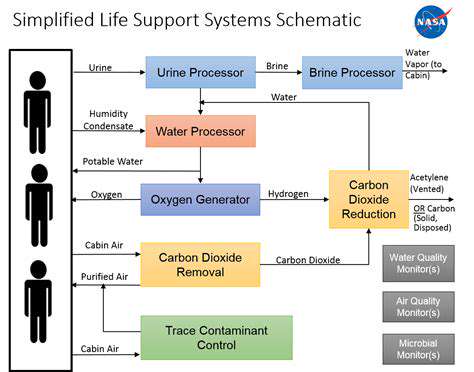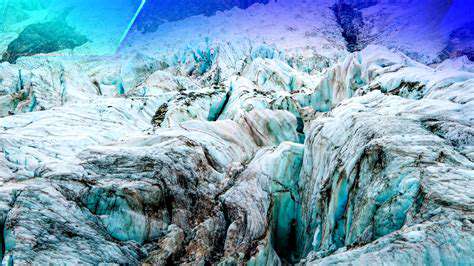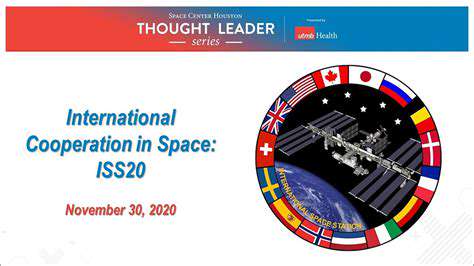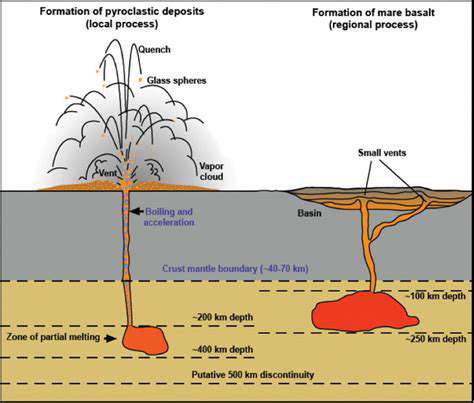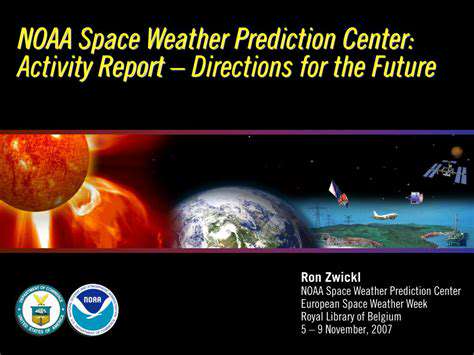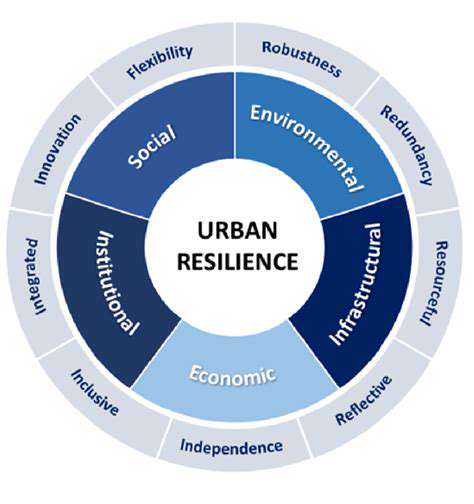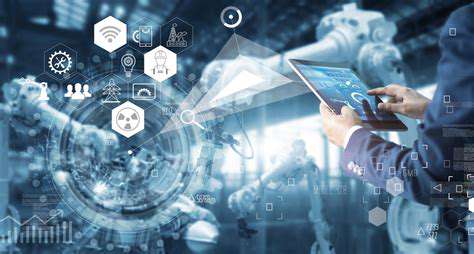Humanity's journey to the Moon stands as one of our greatest collective achievements. This lunar exploration arc represents far more than just scientific progress—it embodies our innate drive to push boundaries and explore the unknown. What began as a competition between nations has evolved into a global endeavor to unlock the Moon's secrets and harness its potential. The implications of this ongoing exploration extend well beyond space science, influencing technology, economics, and even our philosophical understanding of humanity's place in the cosmos.
Early Stages and Initial Motivations
In the mid-20th century, geopolitical tensions between superpowers ignited what became known as the Space Race. While political motivations dominated early lunar exploration efforts, they inadvertently created an unprecedented acceleration in aerospace technology. The intense rivalry spurred breakthroughs that might have taken decades under normal circumstances, from revolutionary propulsion systems to advanced guidance computers. These technological leaps formed the foundation upon which all modern space exploration is built.
The Apollo Missions and Beyond
Neil Armstrong's historic first steps on the lunar surface in 1969 marked a watershed moment in human history. The Apollo program demonstrated what humanity could achieve through focused effort and technological ingenuity. Perhaps more importantly, the iconic Earthrise photo taken during these missions fundamentally changed how we view our planet—not as separate nations, but as a fragile, interconnected world. In the decades since, robotic missions have continued to expand our understanding of lunar geology and potential resources.
Technological Advancements and Innovation
The challenges of lunar exploration have consistently pushed engineering boundaries, yielding innovations with wide-ranging applications. Radiation shielding developed for spacecraft now protects cancer patients undergoing treatment. Lightweight materials created for lunar modules improve everyday products from sports equipment to medical devices. These technological spinoffs demonstrate how space exploration drives progress that benefits all humanity, not just astronauts and scientists.
Scientific Discoveries and Implications
Lunar samples returned to Earth have revolutionized planetary science. Analysis of these precious materials has helped scientists reconstruct the violent early history of our solar system, including the giant impact that likely formed the Moon. The Moon's pristine surface serves as a time capsule, preserving evidence of cosmic events that have been erased on geologically active Earth. This research continues to inform our search for life elsewhere in the universe.
Establishing a Lunar Presence: Future Goals
Current lunar ambitions focus on creating sustainable human outposts rather than brief visits. This shift from exploration to habitation represents one of the most ambitious engineering challenges humanity has ever undertaken. Establishing permanent bases requires solving complex problems involving life support, radiation protection, and resource utilization. The international collaboration required for these efforts may serve as a model for addressing global challenges on Earth.
Economic and Societal Impacts
The emerging lunar economy promises to create new industries and employment opportunities ranging from space construction to extraterrestrial tourism. Beyond economics, lunar exploration continues to inspire students worldwide to pursue STEM careers. Perhaps most profoundly, our expanding presence on the Moon forces us to confront fundamental questions about how humanity should expand into space responsibly and equitably.
Transportation Systems: Enabling Efficient Lunar Mobility
Lunar Surface Transportation: Paving the Way for Exploration
Navigating the Moon's rugged terrain requires specialized vehicles that can operate in low gravity while enduring extreme temperature swings and abrasive dust. Engineers are developing pressurized rovers for long-duration excursions and uncrewed cargo transports for logistical support. These systems must be remarkably reliable—lunar dust contamination poses unique challenges for moving parts that don't exist on Earth.
Autonomous Navigation and Control Systems: Enhancing Lunar Mobility
With communication delays between Earth and the Moon, autonomous systems become essential for safe surface operations. Modern rovers use sophisticated lidar and stereo camera systems to map terrain in real time, allowing them to avoid hazards independently. Machine learning algorithms help these systems improve their performance over time by analyzing previous traversal data. This autonomous capability becomes increasingly important as mission complexity grows.
Resource Utilization for Lunar Transportation: Optimizing Efficiency
Future lunar transportation may rely heavily on locally sourced materials to reduce dependence on Earth shipments. Researchers are investigating methods to extract oxygen from lunar regolith for life support and rocket fuel production. The ability to manufacture spare parts using lunar materials and 3D printing technology could revolutionize how we maintain equipment on the Moon. These innovations would dramatically reduce the cost and increase the sustainability of lunar operations.
Connecting Lunar Outposts and Infrastructure: Building a Lunar Network
As lunar bases expand, an integrated transportation network will become essential. This may include hardened roads between major installations, charging stations for electric vehicles, and potentially even a lunar railway system. Planning these connections requires careful consideration of lunar geography and resource locations. The most efficient routes might follow naturally occurring features like rilles or crater rims that offer protection from solar radiation.
